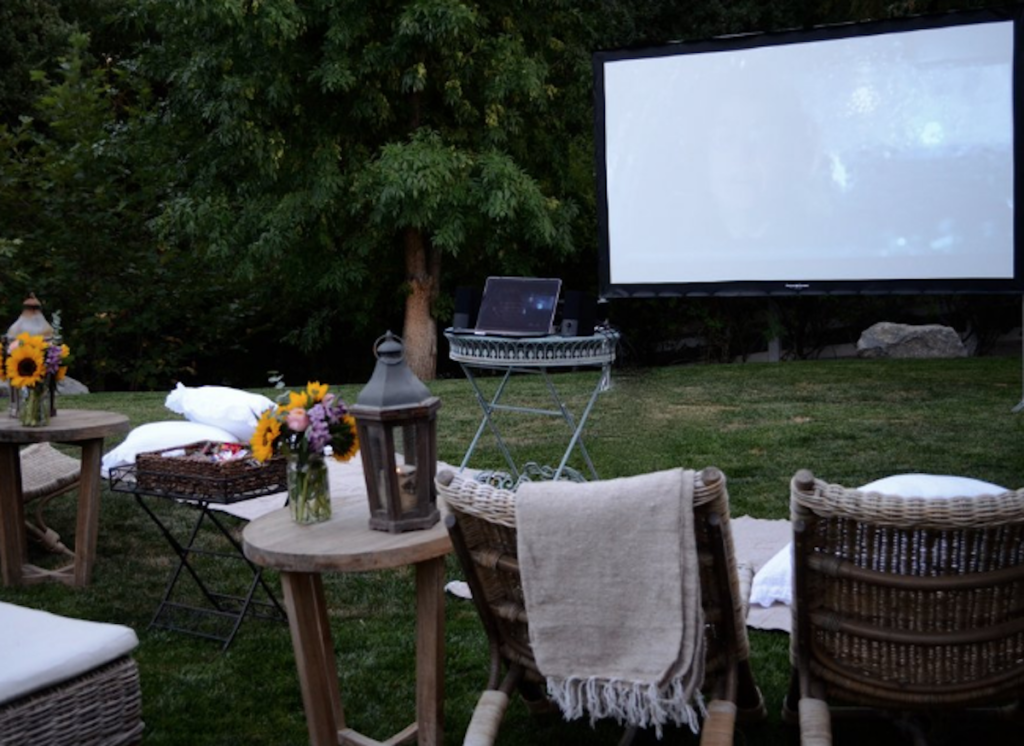With all of the restrictions regarding getting together with friends and family and the newfound fear some of us have of enclosed spaces, the timing is just right for outdoor screen projectors to make a big splash on the cultural landscape. After all, most of us miss hanging out with friends and family and, with all of the Hollywood blockbusters coming out to streaming services simultaneously, who doesn’t want to go to the movies? With an outdoor screen projector you can and we’ll tell you how to do just that.
What You’ll Need
One thing to note before you get started is that watching a movie using a screen projector at night is optimal, but there are options for the daytime as well. To make sure your projector can handle both scenarios, it should have a brightness of at least 3,000 or more lumens.
The one advantage to using a projector at night is that you do not have to take shading into consideration. If you are planning on using it during the day, you will need to keep that in mind. Overall, we advise getting a projector that can do double duty because you may want that functionality at some point in the future.
You’ll need a stand for the projector and a nice flat surface for both it and the screen you will use to watch the movie. In addition to that, you will probably want to arrange seating so that everyone gets an optimal view of the action. You will want to do this in an arrangement that fans out from the projector such that no one obstructs it. You’ll also want to make sure that the screen you choose has a 160-degree viewing angle or, in other words, that people watching it from the sides can see the picture clearly.
As for your screen, there are a variety of options on the market from inflatable screens to those on a tripod. We recommend that you pick one that is the most versatile which tends to be those on a tripod however there are instances when large cable screens are more appropriate.
If you want to make outdoor movie viewing a permanent affair, a fixed large cable screen is most likely the superior viewing option. When shopping for projector screens, check out the reflective surface and how detailed it is in displaying a picture. Not all projector screens are created equally and often this evidences itself when the surface of the screen itself just isn’t cut out to handle the kind of lumens your projector is throwing at it.
Last, but certainly not least, is the surround sound system you pair with your projector. While there are many awesome Bluetooth options available on the market, the safest option from a performance standpoint is one that requires some kind of wired connection. When choosing a sound system, keep the ambient environment in mind so you avoid upsetting the neighborhood.
RESOURCE LINK:

